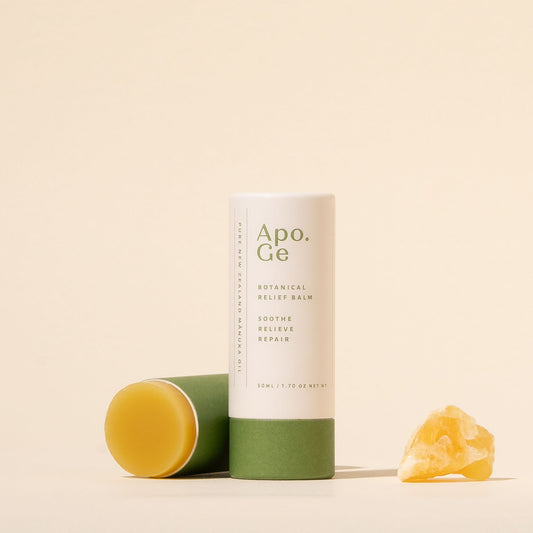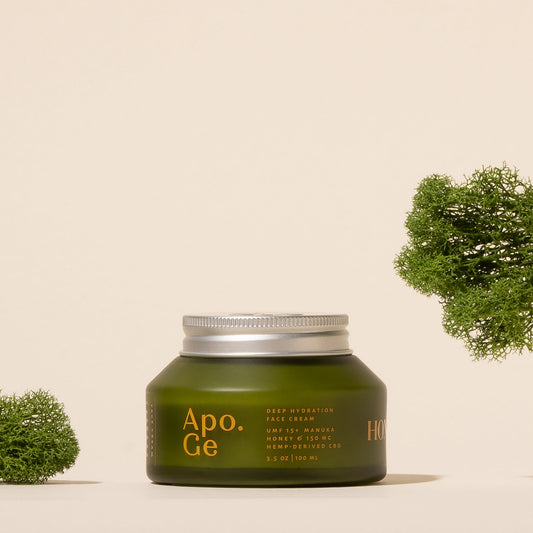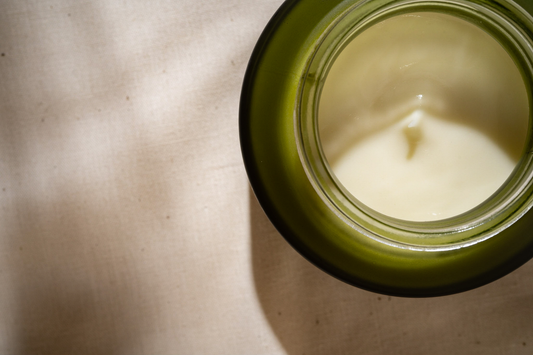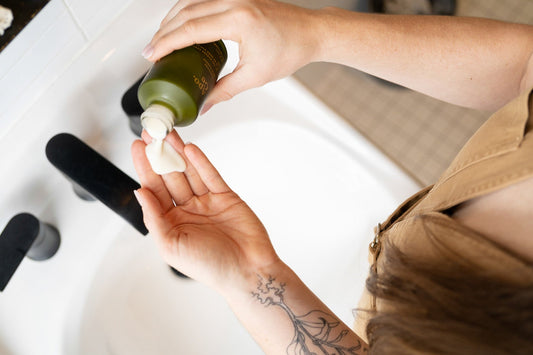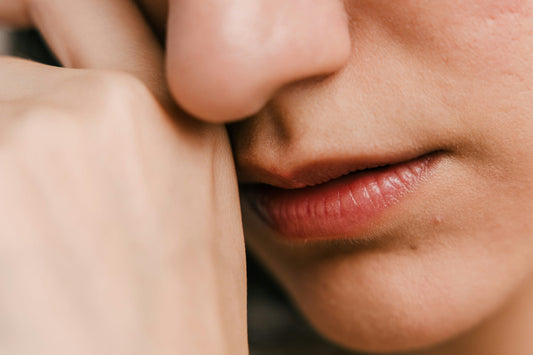The lipid barrier, also known as the skin barrier, is a vital component of healthy skin. This protective shield is found on the outermost layer of your skin and is made up of lipids, which are fatty substances that are naturally produced by our skin. So many common skin concerns can be traced back to a damaged lipid barrier, so it's important to know how it works and what to do when you’ve compromised your barrier.
The structure of your lipid barrier is complex, with several layers of lipids arranged in a specific way. The outermost layer is composed of dead skin cells, while the layer beneath it is made up of flattened skin cells held together by lipids. Picture this lower layer just like a wall of bricks held together with mortar, and the outer layer is the roof protecting the entire structure. The lipids that make up the lipid barrier are primarily composed of ceramides, cholesterol, and fatty acids, which work together to create a cohesive barrier that protects the skin from environmental stressors.
The lipid barrier plays several important roles in maintaining the health of our skin. It acts as a protective shield that prevents harmful substances like bacteria and debris from entering your skin. While it keeps these bad things out, it also helps to regulate your skin's moisture levels by keeping precious water inside your cells. Finally, it plays a critical role in maintaining the skin's pH balance, which is essential for healthy skin.
It's important to be able to recognize when your lipid barrier has been compromised or damaged. Signs of a damaged lipid barrier include dry, flaky skin, redness and inflammation, itchiness, tightness or discomfort, and increased sensitivity to skincare products. We’ve all had the experience of going to put on one of our favorite products only to find that it now stings our skin. That stinging sensation is a clear signal from your skin that your lipid barrier is impaired and in need of some TLC.
At Apo.Ge, we believe in taking a natural and holistic approach to working with your skin. To fix a damaged lipid barrier, we first pare down our routine to the three essentials- cleanser, moisturizer and sunscreen. Set aside your active ingredients and exfoliators for a couple weeks, they are going to be far too strong for your skin and likely to cause more damage. Avoid any harsh skincare products that can strip the skin of its natural oils. Instead, opt for gentle products that are formulated to support your skin's natural barrier function. Last, incorporate barrier-loving skincare ingredients known to replenish your skin's natural lipids and restore its protective barrier, such as ceramides, cholesterol, and fatty acids.
Remember, the most important rule of skincare is to stay consistent and be patient. You will need to give your barrier time to restore its protective function before incorporating more products back into your routine. Your lipid barrier plays a critical role in protecting and maintaining your skin's health and integrity. By understanding its structure, functions, and how to tell if it's damaged, you can take steps to support your skin and maintain a healthy, glowing complexion.



